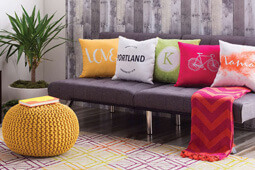Why Sourcing Company is a better option than choosing a Manufacturer directly?
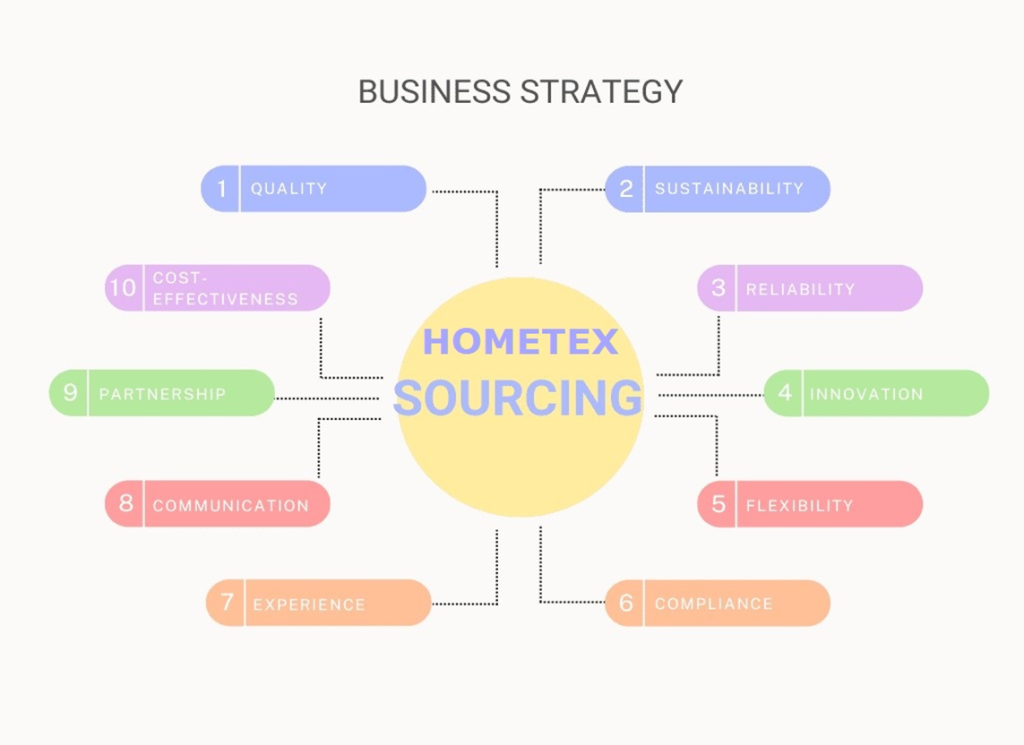
1. More selection
Sourcing firms frequently have established connections with a large network of manufacturers, which enables them to provide their clients with a greater selection of items than they would otherwise be able to.
2. Better prices
Sourcing companies can leverage their relationships with manufacturers to negotiate better prices on behalf of their clients, which can result in cost savings.
3. Quality control
Sourcing firms have a thorough grasp of the production process and can make sure that the goods satisfy the high standards of their customers, giving them piece of mind and lowering the possibility of mistakes or delays.
4. Reduced risk
Sourcing companies can help mitigate the risk of doing business in unfamiliar markets by providing local market insights, navigating complex regulatory requirements, and ensuring compliance with international trade laws.
5. Flexibility
Sourcing companies can tailor their services to meet their clients’ specific needs, from sourcing individual products to managing the entire supply chain, providing greater flexibility and customization.
6. Expertise
Sourcing companies often have extensive knowledge of the industry and can provide valuable insights and advice to their clients, helping them make more informed decisions.
7. Time savings
Sourcing companies handle the entire sourcing process, from finding manufacturers to managing logistics, which frees up their clients’ time to focus on other aspects of their business.
8. Scalability
Sourcing companies can help their clients scale their operations by providing access to additional manufacturing capacity as needed, enabling them to grow their business more efficiently.
Quality Policy for Apparel, Home Textile and Fabrics



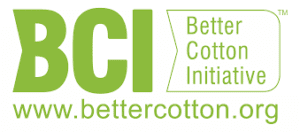
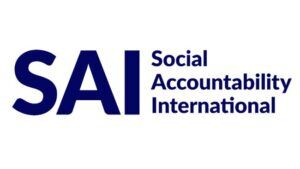
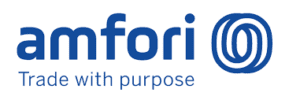
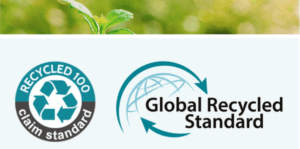
Quality Standards
Our commitment to quality begins with our approach to sourcing. We work closely with our clients to understand their quality requirements and expectations. To assure that our customers receive the best products, we utilize this information to determine suppliers that adhere to these requirements. Many certifications are held by our suppliers, including those for social responsibility, product safety, and environmental sustainability. These certifications include, but not limited to:
- Global Organic Textile Standard (GOTS)
- STANDARD 100 by OEKO-TEX
- Better Cotton Initiative (BCI) Certification
- Business Social Compliance Initiative (BSCI)
- Social Accountability 8000 (SA8000)
- SEDEX (Supplier Ethical Data Exchange) Certification
- WRAP (Worldwide Responsible Accredited Production) Certification
- ISO 9001 Quality Management System
- GRS (Global Recycled Standard) Certification
These are just some of major ones we focus and work on others as and when requested by our customers. We ensure that our goods meet or exceed the highest quality requirements while advancing sustainability and moral business conduct in the textile sector by collaborating with certified suppliers.
Corporate Quality Policy
At Home Tex Source, we are committed to delivering products that meet the highest quality standards. We understand that our customers rely on us to source quality products, and we take this responsibility seriously. To ensure that our products meet the desired quality standards, we have established a comprehensive quality policy. Our policy includes the following guidelines:
Defining Quality Standards
We determine the quality requirements that must be satisfied for every product we source in close collaboration with our clients and suppliers. We define best practices of quality based on company, industry, government and consensus-based standards for apparel, bed and bath linen sectors to maintain the international quality standards.
Identifying Reliable Suppliers
To make sure the suppliers we engage with have a track record of producing high-quality products and have established quality management systems in place, we go through a rigorous supplier review process.
Conducting Inspections and Testing
We carry out inspections and testing of products sourced to ensure they meet the desired quality standards. We do this either through third-party quality control firms or with the help of our suppliers.
Commitment to Continuous Improvement
We regularly review and evaluate our quality policy to ensure that it is up-to-date and aligned with our customer’s needs. We are dedicated to enhancing our procedures consistently in order to give the best products.
Communication of Quality Standards
We make sure that everyone who has a stake in the matter – including our clients, suppliers, and workers – is aware of our quality standards and how they may contribute to upholding them. This helps us to create a shared commitment to quality.
Continuous improvement
To ensure that we constantly offer high-quality products, we are committed to upgrading our procedures and systems.
Compliance
To ensure that our goods meet the greatest standards for quality and safety, we abide by all applicable standards and procedures.
Customer satisfaction
We work hard to offer our clients high-quality items that satisfy their unique needs and demands.
Supplier Selection Process
At Home Tex Source, we take our supplier selection process very seriously. We have a strict selection procedure in place since we are conscious that the caliber of our suppliers affects the grade of our products. Our process begins by identifying potential suppliers based on their reputation, experience, and product offerings.
Once we have identified potential suppliers, we conduct a thorough evaluation process. We assess their quality management systems, production capacity, compliance with international standards, and commitment to sustainability and social responsibility. This evaluation process includes site visits, audits, and ongoing monitoring to ensure that our suppliers meet our strict standards.
1. Criteria for Supplier Selection
1.1. Quality standards and certifications:
The quality standards and certifications that the supplier possesses are some of the most crucial factors that a sourcing firm should take into account when choosing a textile supplier. A supplier who has obtained industry-recognized certifications such as ISO 9001, Oeko-Tex, BSCI, BCI and GOTS (Global Organic Textile Standard) demonstrates a commitment to quality and compliance with international standards.
1.2. Production capacity and lead time:
Another key consideration is the supplier’s production capacity and lead time. A supplier with a large and reliable production capacity can provide the necessary volume of textiles within a specified timeframe, ensuring that the sourcing company’s supply chain is not disrupted. The lead time should also be reasonable and aligned with the sourcing company’s needs and expectations.
1.3. Cost and pricing:
Cost and pricing are always critical factors in any sourcing decision. To make sure that the supplier’s prices are reasonable and in line with the market, our sourcing business assesses the pricing structure of the supplier, taking into account the price of labor, raw materials, and overhead. We also consider the total cost of ownership, including transportation, import duties, and other fees, to accurately compare different suppliers.
1.4. Sustainability and ethical practices:
Sustainability and ethical practices are increasingly important criteria that a sourcing company should consider when selecting a textile supplier. A supplier can assist the sourcing firm in achieving its own sustainability objectives by using sustainable practices in its operations, such as lowering waste, conserving energy, and utilizing eco-friendly products. The supplier’s commitment to ethical practices, such as fair labor practices and worker safety, should also be evaluated.
1.5. Communication and responsiveness:
Effective communication and responsiveness are essential for a successful sourcing partnership. The supplier should be able to communicate effectively with the sourcing company, provide timely updates and respond promptly to inquiries and concerns. A supplier who is responsive and attentive to the sourcing company’s needs and requirements can help to build a strong and long-lasting partnership.
1.6. Flexibility and customization:
Finally, as a sourcing company we consider the supplier’s flexibility and ability to provide customization services. A supplier who can adapt to the sourcing company’s changing needs and offer customized products and services can help the sourcing company to differentiate itself in the market and provide added value to its customers.
2. Supplier Research and Evaluation
2.1. Conducting online research and reviewing supplier directories:
The first step in researching potential textile suppliers is to conduct online research and review supplier directories to identify potential candidates. This involves searching for textile suppliers on online platforms, industry associations, trade fairs, and other sources. As a sourcing firm, we may filter and reduce the list of possible suppliers using a variety of criteria, including product categories, geography, and certifications.
2.2. Receiving recommendations from industry contacts:
Another way to identify potential textile suppliers is to receive recommendations from industry contacts such as manufacturers, buyers, and industry experts. These contacts may have first-hand experience working with textile suppliers and can provide valuable insights and recommendations.
2.3. Requesting supplier information and samples:
Once a list of potential suppliers has been compiled, we can contact each supplier and request additional information such as product catalogs, pricing, certifications, and production capacity. We may also request samples of the supplier’s products to evaluate the quality and suitability for their needs.
2.4. Conducting site visits and audits:
To further evaluate potential suppliers, our sourcing company also conduct site visits and audits. This involves physically visiting the supplier’s production facilities, warehouses, and offices to assess their operations and capabilities. The sourcing company can evaluate the supplier’s production processes, quality control measures, and environmental and safety practices. Audits can also be conducted to ensure compliance with social and ethical standards.
2.5. Checking supplier references:
Finally, the sourcing company may also check supplier references to verify the supplier’s reputation and performance. This may involve contacting the supplier’s existing or former clients to obtain feedback on their experiences with the supplier. The sourcing company may ask questions about the supplier’s reliability, quality, delivery times, and customer service.
3. Supplier Selection and Negotiation
3.1. Shortlisting potential suppliers based on evaluation results:
After conducting the research and evaluation process, the sourcing company should shortlist potential textile suppliers based on their suitability, quality, reliability, and other criteria. As a sourcing company, we should consider factors such as production capacity, lead times, product quality, pricing, sustainability, and ethical practices. Home Tex Source also prioritizes suppliers that are a good match for their specific needs and requirements.
3.2. Conducting further negotiations on pricing, delivery, and other terms:
Once the shortlist has been finalized, our company can start negotiating with the potential suppliers on pricing, delivery, and other terms. This entails talking about the agreement’s terms and conditions, including the payment terms, lead times, quality standards, and other pertinent information. We clearly communicate their expectations and requirements and ensure that the supplier understands the terms and conditions.
3.3. Drafting and signing a formal supplier agreement:
After the negotiations, Home Tex Source may draft a formal supplier agreement that outlines the terms and conditions of the agreement. This contract may contain information on the agreement’s scope, its cost and payment terms, its delivery timeline, its quality criteria, and any other pertinent information. The supplier agreement may be reviewed by legal counsel and signed by both parties.
3.4. Establishing communication and feedback channels with the supplier:
To achieve successful collaboration and partnership, Home Tex Source creates communication and feedback channels with the supplier after the supplier agreement has been signed. In order to keep informed about the supplier’s current production status and any prospective problems, we also establish frequent contact channels, such as email, phone, or video conversations. Our company also establish regular communication channels, such as email, phone, or video calls, to stay up-to-date on the supplier’s production status and any potential issues.
4. Supplier Performance Monitoring
4.1. Regular communication and collaboration with the supplier:
Our company informed about the supplier’s production status, any possible problems, and any changes to the supplier’s capabilities or capacity by keeping regular contact and collaboration with the supplier. This helps us to anticipate any potential disruptions or delays and adjust their plans accordingly.
4.2. Tracking delivery schedules and quality metrics:
Home Tex Source make sure that the supplier is fulfilling its commitments and providing goods of a high grade by monitoring delivery schedules and quality metrics. This aids in avoiding delays, flaws, and other problems that can cause the supply chain to break down.
4.3. Addressing any issues or concerns in a timely and proactive manner:
Preventing any difficulties or concerns from developing and potentially interrupting the supply chain requires quick and proactive problem-solving. If any issues or concerns do occur, this must be done as soon as possible. This entails speaking with the provider, figuring out the source of the problem, and creating a strategy to fix it.
4.4. Conducting periodic supplier evaluations and audits:
Periodic evaluations and audits help the sourcing company to assess the supplier’s performance and identify any potential areas for improvement. To make sure the supplier is adhering to the norms and needs of the sourcing organization, this include analyzing the supplier’s performance data, visiting the supplier’s location, and engaging in other types of assessment.
At Home Tex Source, we are committed to working with suppliers who share our values and commitment to quality, sustainability, and social responsibility. Our supplier selection process ensures that our clients receive the highest quality products while promoting ethical and sustainable practices in the textile industry.
Quality Control Measures in Manufacturing Phases
At Home Tex Source, we take quality control seriously, and we follow a range of measures to ensure that our products meet the highest standards. Here are some of the measures we use for each stage of the production process, categorized by stage:
Product Range: Fabrics, Printed/Dyed, Bleached Fabrics Poly Cotton Blended, 100 % Cotton, Satins, Percales. Poly cotton 35×35/76×44 80 GSM, 35×35/76×56 90 GSM , 30×30/76×56 105 GSM , 30×30/76×68 118 GSM , 36×36/96×76, 40×40/100×80 100 % Cotton 22×22/ 60×60 125 GSM, 20×20/60×60 140 GSM, 24×24/60×60 120 GSM, 30×30/76×68 120 GSM , 40×40/100×80, Satins 4/1 T-250-T-300, 40×40/127×79, 40×40/144X104 SATINS 220 CM , Twills 20×20/108×58
Made Ups Bed sheet sets, Bed spreads, Printed/Dyed Fabrics Poly Cotton Blended, 100 % Cotton, Denier, twills, drills, 100 % Cotton satins upto T-400, CVC, CWC, CVC Satins, Percales Upto T-300. Duvet Covers, Curtains -Table-linen, Kitchen towels open end in Yarn dyed. Towels Terry Towels, Bath Towels, Bath Mats, Bath Robes from 400 gsm to 800 gsm , Terry Fabric, Valour fabric, Zero twist towel and terry fabrics.
Yarn Quality Control:
- Raw Materials Selection: We select the best raw materials from trusted suppliers.
- Testing: We subject our yarns to rigorous testing for strength, colorfastness, and consistency.
Fabric Quality Control:
- Weight: We check the weight of the fabric to ensure that it meets the specifications.
- Shrinkage: We test the fabric for shrinkage to ensure that it does not shrink after washing.
- Color Consistency: We check the color consistency to ensure that it is uniform across the fabric.
- Texture: We check the texture to ensure that it is consistent and free from defects.
- Physical Tests: We conduct physical tests such as tear and tensile strength to ensure that our fabrics meet the highest quality standards.
Printing and Dyeing Quality Control:
- Dye and Chemical Selection: To make absolutely sure that our colors are brilliant and durable, we only select the most suitable dyes and chemicals.
- Colorfastness: We test the fabric for colorfastness to ensure that the color does not fade after washing.
- Printing Consistency: We check the printing consistency to ensure that the print is uniform across the fabric.
- Defect Detection: We inspect the fabric for defects such as stains, spots, and printing errors.
Product Quality Control:
- Stitching Quality: We inspect the stitching to ensure that it is strong and uniform.
- Fitting: We check the fitting of the textile made-up to ensure that it is comfortable and fits well.
- Button and Zipper Quality: We inspect the buttons and zippers to ensure that they are strong and durable.
- Finishing: We inspect the finishing of the textile made-up to ensure that it is clean and free from defects.
Packing Quality Control:
- Packing Materials: We use high-quality packing materials to protect the products during transportation.
- Quantity Control: We check the quantity of products to ensure that it matches the order.
- Packing Quality: We inspect the packing quality to ensure that it is neat and presentable.
- Labeling: We ensure that the products are properly labeled with all necessary information.

Contact us.
P-503 Street # 8 Dastgeer Colony Faisalabad 38000 Pakistan Tell #: 0092-300-8662712 E-mail: info@hometexsource.com




